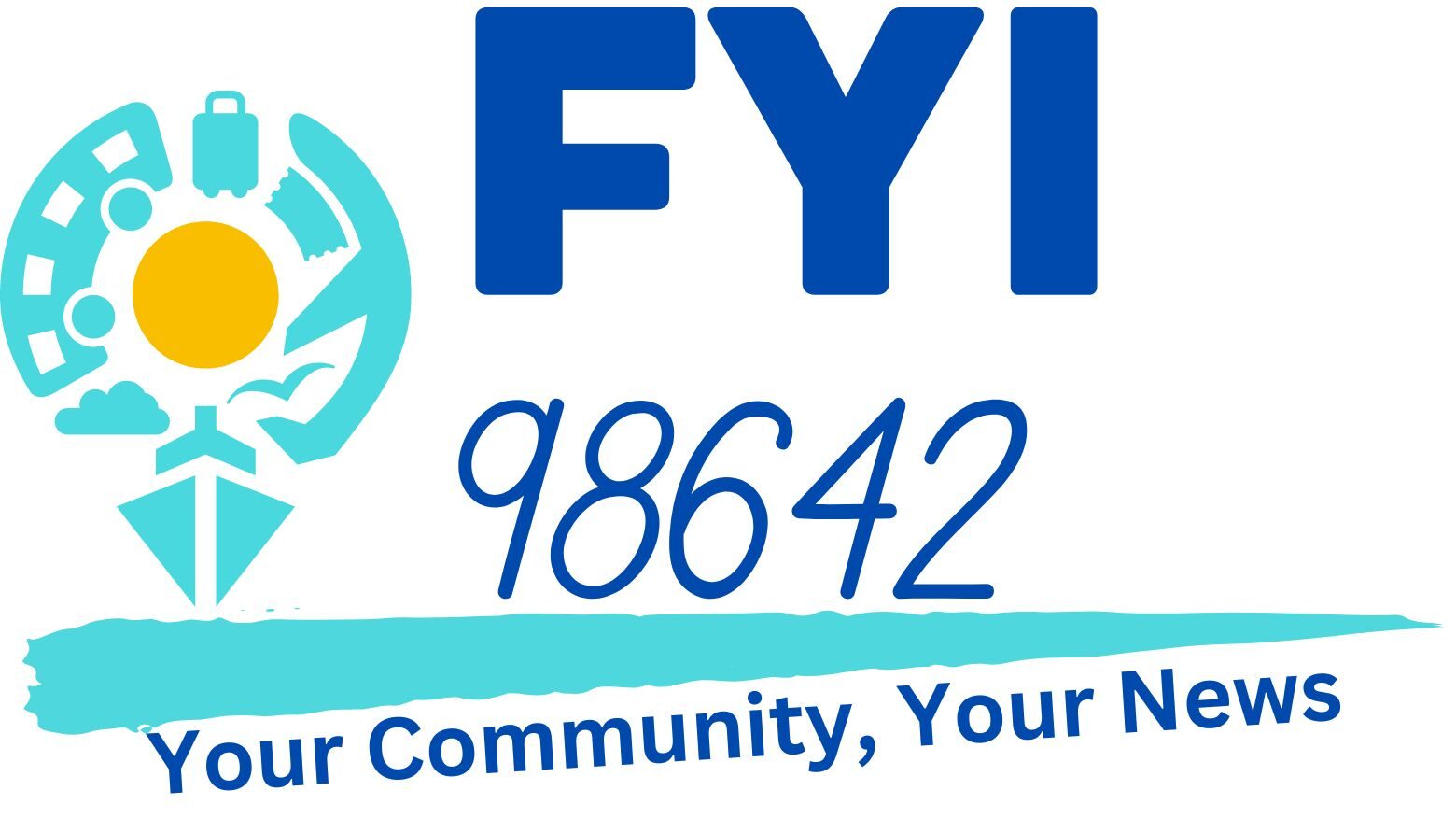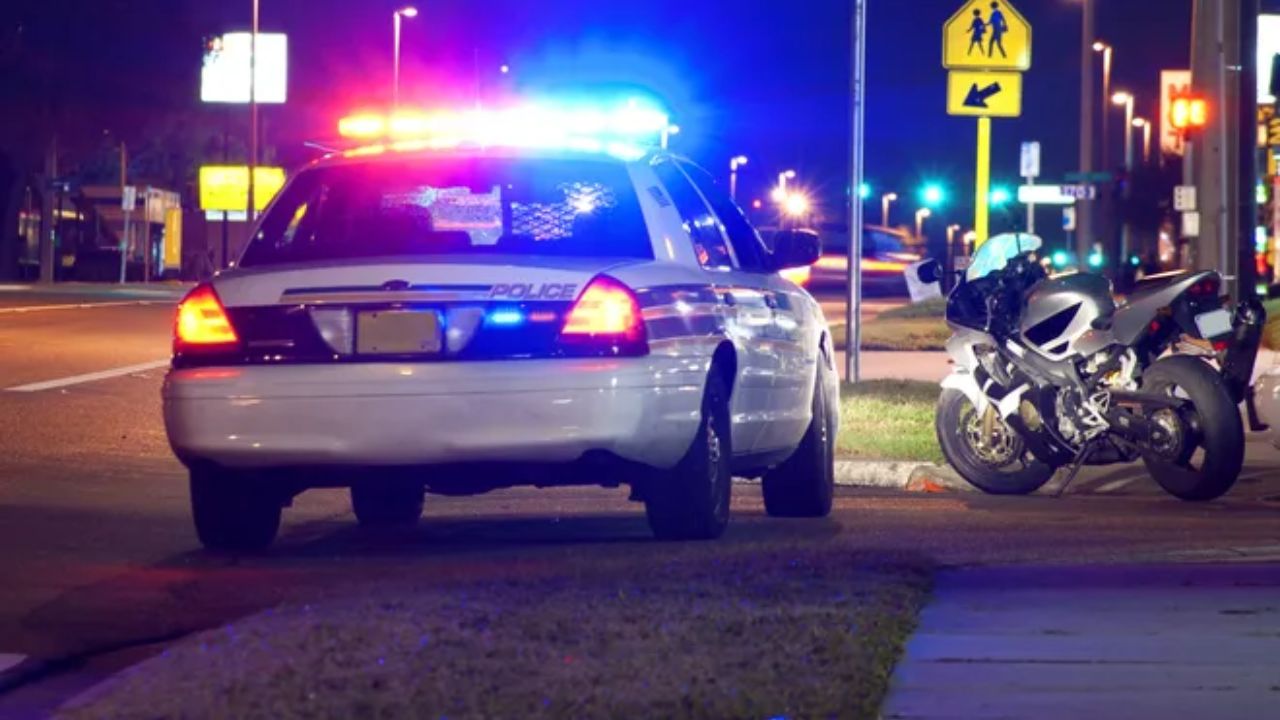The Federal Bureau of Investigation (FBI) has released its latest report on crime statistics in the United States, which includes a breakdown of the most dangerous cities in Maryland. The data, compiled from the FBI’s Uniform Crime Reporting (UCR) program, provides a comprehensive look at the state of crime across the state.
Baltimore, Maryland
Baltimore, Maryland, stands out as one of the most perilous cities in the state, despite being the most populous. Its population of 585,708 experiences a total crime rate 173% higher than the national average.
Violent crimes like shootings, homicides, robberies, and gang disputes are widespread, alongside frequent theft-related offenses. In 2022 alone, there were over 25,000 property crime incidents and more than 11,100 violent crime incidents reported.
Hyattsville, Maryland
Hyattsville, a city in Prince George’s County near Washington, D.C., has a population of 21,187. Unfortunately, its total crime rate is 171% higher than the national average.
Property crime is particularly concerning, with 1,112 incidents reported in 2022. Additionally, violent crimes such as murder, robbery, and assault happen at rates well above the national average.
What Measures Are Being Taken to Address Crime in Central Maryland Cities
The measures being taken to address crime in central Maryland cities include a range of initiatives and strategies. These efforts are focused on reducing crime rates, improving public safety, and enhancing community engagement. Some of the key measures include:
1. Data Analysis and Sharing: The Maryland Statistical Analysis Center, part of the Governor’s Office of Crime Prevention, Youth, and Victim Services, plays a crucial role in collecting and analyzing crime data across the state. This data is used to inform local policies and solutions, ensuring that crime prevention strategies are evidence-based and effective.
2. Community Engagement and Outreach: The Maryland Crime Victims’ Rights Conference, held annually, brings together experts, advocates, and community members to discuss important issues related to crime victims’ rights and services. This event fosters collaboration and knowledge sharing, ultimately enhancing the support available to victims of crime.
3. Research and Evaluation: The University of Maryland, through its research initiatives, provides valuable insights into what works and what doesn’t in crime prevention. This research informs policy decisions and helps allocate resources effectively. For instance, the Maryland Scale of Scientific Methods is used to evaluate the effectiveness of crime prevention programs.
4. Gun Violence Prevention: Community gun violence intervention programs are being implemented in cities with high firearm homicide rates. These programs aim to reduce gun violence by addressing its root causes and providing support to those at risk.
5. Trauma-Informed Programs: Trauma-informed programs that incorporate cognitive behavioral therapy are being used to help individuals at risk of firearm violence. These programs have shown promising results in reducing violent incidents.
6. Shooting and Homicide Review Commissions: Shooting review commissions are established to investigate and analyze shooting incidents, aiming to identify patterns and develop strategies to prevent such incidents from occurring in the future.
7. Law Enforcement and Community Policing: Local law enforcement agencies are working closely with communities to develop effective policing strategies that balance public safety with community needs. This collaboration helps build trust and fosters a sense of security among residents.
These measures demonstrate a multifaceted approach to addressing crime in central Maryland cities, focusing on data-driven decision-making, community engagement, research, and evidence-based interventions.
Conclusion
The recent report from MoneyGeek highlights the alarming rates of violent crime in several cities across the United States, including three from Central Maryland: Baltimore, Maryland; and Hyattsville, Maryland.
The report emphasizes the importance of understanding the dynamics of crime and the need for proactive measures to address these issues. The cities of Baltimore, Maryland; and Hyattsville, Maryland must work together to address the root causes of crime and implement effective strategies to reduce crime rates and improve public safety.

